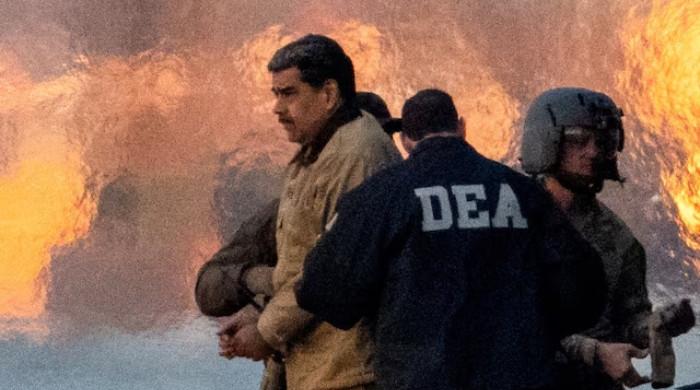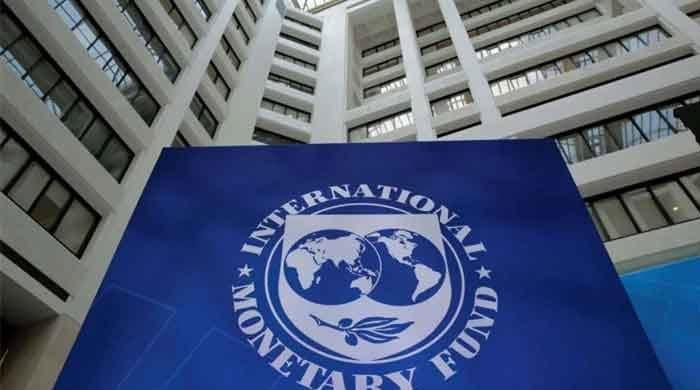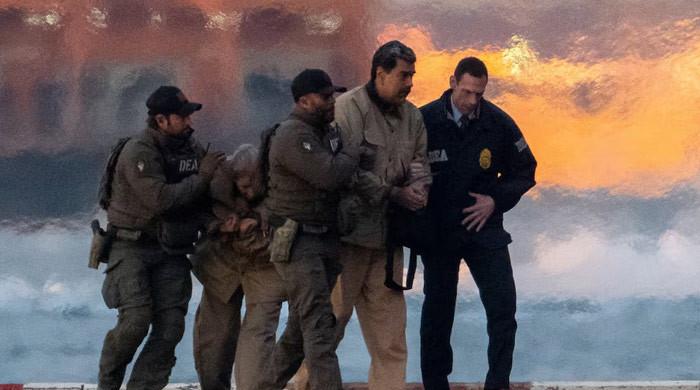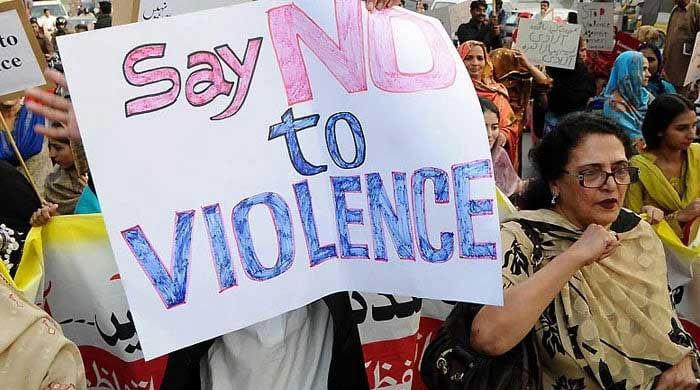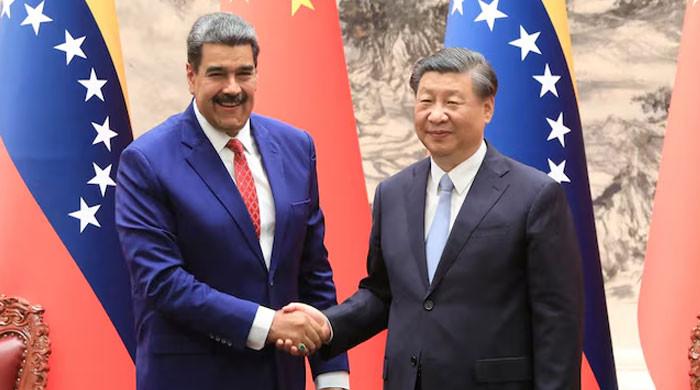Pakistan’s tough economic and political climate
Pakistan’s total external financing need for FY23 is $33.5 billion, out of which, public debt maturities are about $21 billion
July 27, 2022
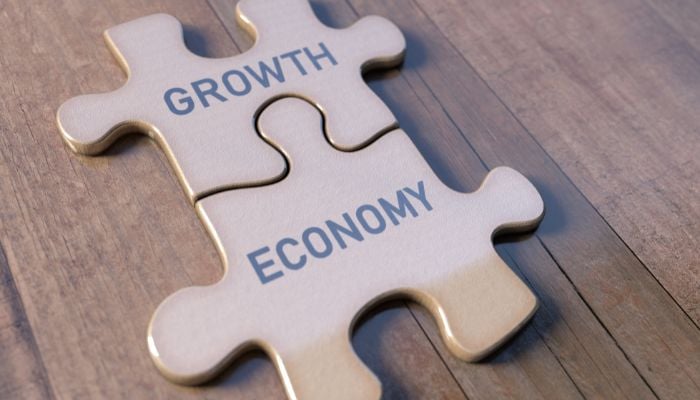
A country’s economic outlook is inversely proportional to the political uncertainty prevailing there. This is very evident in the case of Pakistan, where increased political polarization is affecting the economic outlook.
Before discussing how to move forward from where we are, let us look at some numbers. Debt servicing as budgeted for FY23 amounts to 80.5 per cent of the federal government’s net revenues. Unless there are major structural reforms, the country cannot run without borrowing; and that too is an amount nearly equivalent to the federal government’s net revenue.
Our total debt to revenue ratio is 600 per cent (which means we are not producing enough to pay off our debt). Around two-thirds of our total debt is domestic, whereas one-third (amounting to $90 billion) is external. This means one-third of our debt liabilities get negatively affected every time the rupee loses its value against the dollar. Likewise, two-thirds of our debt liabilities (domestic debt) get negatively affected when there is an increase in the State Bank’s interest rate. Unfortunately, we are observing both a depreciation of the rupee and an increase in the interest rate for the past few months.
Pakistan’s total external financing need for FY23 is $33.5 billion, out of which, public debt maturities are about $21 billion. Pakistan would have to arrange (borrow) a substantial amount of dollars for debt retirement in FY23. Similar payments are required for years to come. Let us zoom in: out of the $21 billion, $9 billion is to be paid to bilateral creditors (mainly Saudi Arabia and China) and $5 billion to (primarily Chinese) commercial banks.
Pakistan can get a rollover from China and Saudi Arabia, provided there is a deal with the IMF. An agreement with the IMF will potentially add $4 billion in FY23 to Pakistan’s kitty. This sounds good. However, political uncertainty is delaying the release of the IMF loan tranche. How? Credit rating agency Fitch explains this: last week Fitch downgraded Pakistan’s outlook to negative from stable. In Fitch’s words, Pakistan’s creditworthiness is being downgraded as despite the chances of an IMF deal; there are “considerable risks to [the] IMF program’s implementation and to continued access to financing after the IMF program’s expiry in June 2023 in a tough economic and political climate”.
Let me describe the ‘tough economic climate’ first. The Pakistani rupee is rapidly losing value, raising the cost of foreign-currency debt and making imports expensive. Inflation is rising due to the commodity supercycle and expensive imports (especially energy that the government cannot subsidize anymore due to the fiscal deficit). Interest rates are expected to increase further, jacking up domestic debt servicing. On top of that, the SBP’s foreign exchange reserves are barely enough to cover imports for about five weeks.
Many compare the situation with Sri Lanka, which defaulted on its debt in May and where citizens suffer from fuel, food, and medicine shortages.
Is Pakistan flirting with default? Before answering this question, we should remember that Pakistan is not the only emerging economy passing through tough economic times. The IMF recently said that 53 emerging economies are facing an economic meltdown. Food and energy scarcity after the Ukraine war is causing inflation, depressing growth, and increasing debt burdens in most emerging economies. Rising import bills have drained foreign currency reserves eroding the capacity to service foreign debts of many countries; that too is when the US dollar has risen by over 12 per cent against a basket of currencies since the start of the year. According to the IMF, 15 countries are either in default or have sovereign bonds trading at distressed levels.
Likewise, commenting on the Ukraine war’s negative impact, the World Bank has warned that at least a dozen countries may be unable to service debts over the next 12 months as they would run out of foreign currency reserves.
Unfortunately, the IMF and the World Bank have included Pakistan among the countries whose economies are in danger and particularly vulnerable (to a default).
No doubt we are facing an economic meltdown, but I don’t see Pakistan defaulting (And I explain that in a bit). Having said that, we must acknowledge that the value of the rupee against the dollar is one of the casualties of the delayed IMF loan tranche amid reports from multilateral lenders about Pakistan’s economic vulnerabilities.
The unabated rupee depreciation has triggered a vicious cycle of speculative/panic buying and hoarding of dollars, resulting in further depreciation. Businesses are unable to plan and make decisions because of currency volatility. Their ‘long-term’ horizon has shrunk to a few weeks, beyond which they cannot predict a probable return in the real term. Consumers, on the other hand, are feeling both anguish and anger as their purchasing power shrinks with the rupee depreciation.
The bad news is that under Pakistan's current economic conditions, economic stability within or without an IMF programme would require restructuring the country’s finances; interest rates and taxes would probably rise, and government spending would decline. It would also require heavy-handed actions to preserve foreign currency, limiting energy consumption, restricting imports, and controlling the appetite for building nonproductive foreign debt.
The good news is that both the ousted PTI and the incumbent coalition governments in Pakistan, albeit reluctantly, took and are still taking many of those mentioned above unpopular but much-needed decisions. This is where Pakistan’s response to the economic meltdown differs from Sri Lanka’s, and that’s why Pakistan will avoid a default.
The Rajapaksa regime in Sri Lanka avoided taking the unpopular but necessary damage control measures to restore Sri Lanka’s macroeconomy until it was all over. He took populist measures, reduced taxes, artificially stabilized the Sri Lankan rupee (by draining its dollar reserves) and did not seek the IMF’s support till it defaulted on its foreign obligations.
In my opinion, Pakistan will avoid a default, but its economic vulnerabilities are here to stay for some time, mainly due to political uncertainties. The PTI government’s willingness to take unpopular decisions got constrained when the PDM and its allies blamed it for high inflation and Pakistan’s economic woes. The PTI in opposition now is beating the PDM government with the same stick. The tug of war between the two has resulted in a delay in securing much-needed IMF funds and its letter of comfort, enabling the government to engage with other multilateral and bilateral creditors.
The IMF Board’s approval to release the next tranche requires certain prior action. To begin with, an increase in petroleum development levy from August 1, increase in electricity and gas tariffs, and arranging $4 billion (mainly through privatization) from friendly countries. After the recent political developments in Punjab, which have reenergized the PTI, the government will be extra cautious in fulfilling these conditions mainly to avoid a political backlash from the PTI.
We have witnessed that the previous and incumbent governments had to rely on the IMF for a bailout. The forthcoming government would also do the same as the state of the economy is not going to improve overnight.
Economic vulnerabilities are non-traditional security threats. To minimize them, political consensus on critical economic decisions is required. This would entail chalking out a five-year economic roadmap for all political parties on debt sustainability, energy circular debt management, reform of state-owned enterprises, resource mobilization, strengthening social protection, etc. This could have been done through the existing forums such as the National Security Council (NSC) or the National Development Council (NDC). However, without the main opposition party (PTI) on those forums, their decisions would not be politically inclusive.
We propose forming an economic security council comprising the prime minister, the finance minister, leaders of the opposition in the National Assembly and Senate, all four chief ministers, and representatives from the top military brass. Together, they should come up with a macroeconomic stability roadmap that no one among them opposes for the sake of opposition.
The writer heads the Sustainable Development Policy Institute.
Twitter: @abidsuleri




